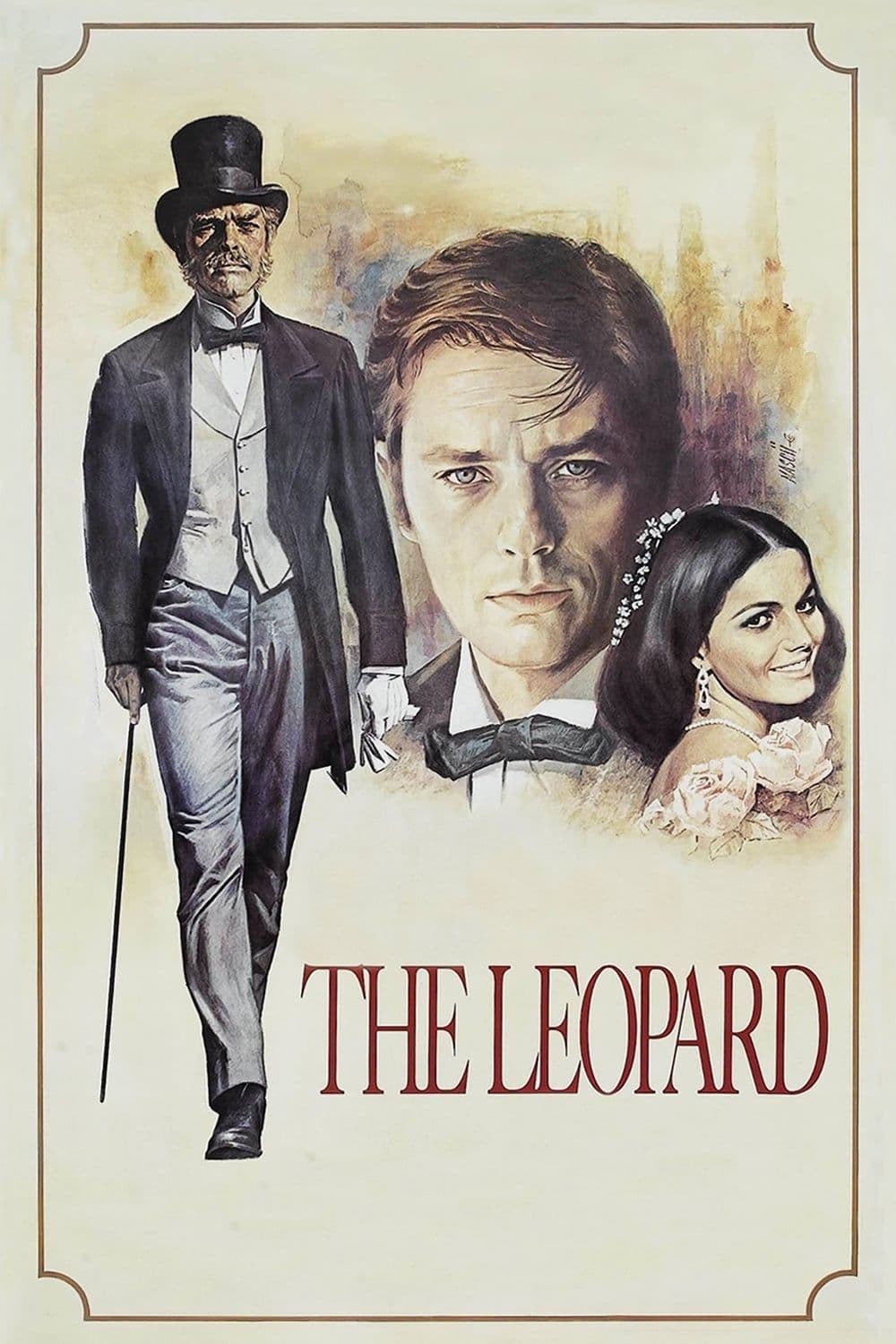
The Leopard
1963
Rate this movie
Average: 4.67 / 5
(3 votes)
Director
The Prince of Salina, Fabrizio, desperately and anachronistically attempts to preserve his noble privileges during the Sicilian unrest of 1860 and Garibaldi's descent into the Kingdom of Sicily. At this historical crossroads, the Risorgimento is captured not as a heroic epic, but as an ineluctable, almost brutal, impetus for change that engulfs a world rooted in tradition and its age-old rites. The Prince, aware of his own extinction as a species, embodies the melancholy of an era that bids farewell with dignity, while understanding the futility of all resistance.
He will be able to count on the support of his nephew Tancredi, a progressive and politically active figure with the red shirts. His figure is the epitome of the new aristocracy of power, no longer based on blood, but on pragmatic adaptability. It is to him that Visconti entrusts the famous and cynical maxim, the true core of "gattopardismo": "If we want things to stay as they are, everything needs to change." A lucid foresight that condenses the philosophy of an entire ruling class, ready to sacrifice ideals to maintain the status quo, albeit under false pretenses.
He will support his nephew's marriage to the daughter of a powerful local mayor in order to preserve his noble titles. This marital pact is far more than a mere financial transaction; it is the symbolic fusion of two worlds – the ancient decadent nobility and the new burgeoning bourgeoisie – a desperate and in some ways successful attempt to infuse new lifeblood, new wealth, and vitality (personified by the dazzling Angelica) into a lineage otherwise condemned to sterility. Angelica's wild beauty, contrasted with the noble weariness of the Salina princesses, symbolizes the impetuous force of a future that asserts itself.
An epic film in which Luchino Visconti demonstrates supreme narrative and cinematic skill with memorable long takes. His opulent mise-en-scène is never mere ostentation, but a language through which the director, himself of aristocratic background, expresses the nostalgia and drama of a disintegrating world. The almost manic attention to detail in the settings, the philological accuracy of the costumes designed by Piero Tosi – which seem to emerge from a 19th-century painting – contribute to creating a suspended atmosphere, almost a visual elegy. The long, sumptuous sequences create total immersion, enveloping the viewer in an expanded time, almost as if they were a silent accomplice to an inexorable end. Visconti, in this monumental work, transcends his neorealist roots to embrace a crepuscular baroque style, which would become a stylistic hallmark of his mature works, such as "The Damned" or "Death in Venice".
Famous is the ballroom scene in which the Leopard displays his gentility and noble bearing, gracefully dancing with his nephew's fiancée, a goddess-like Claudia Cardinale. This sequence, which alone occupies almost forty-five minutes of the film, is a pinnacle in the history of cinema. It is not merely a festive interlude, but the thematic and visual culmination of the entire work. The Prince's dance with Angelica, under the gaze of the new and old aristocracy, is a final, moving act of grace from a man who feels the weight of history and the futility of his own resistance. Here, the Prince's weariness is not just physical, but existential: his face, illuminated by the flickering light of the candelabras, is a mask of a poignant lucidity contemplating his own end. The music, colors, and profusion of bodies and fabrics merge into a vibrant fresco, yet permeated by a deep melancholy, the premonition of an extinction occurring amidst the apparent triumph of the new era.
Visconti reworks the noble epic through a renewed cult for imagery, for the posture of his performers, for the meticulously detailed settings. Every shot is a pictorial composition, permeated by a Caravaggesque light that chisels faces and objects, bestowing upon them an almost metaphysical depth. The camera does not merely record, but investigates, revealing not only the exteriority of an era, but the intimate impulses and cracks in the characters' souls. The aura of decadence is not a flaw, but the very essence of the work.
In this regard, Burt Lancaster's performance remains memorable. The choice of an American actor to embody the archetype of the Sicilian nobleman initially aroused perplexity, but Visconti vehemently defended it, recognizing in Lancaster a stature, a nobility of spirit, and an inner weariness perfectly suited to the role. His Prince Fabrizio is a living monument, a man who carries the weight of history on his shoulders, whose melancholic dignity and thoughtful, almost resigned gaze are the reflection of a soul aware of its own inevitable disappearance. His performance is not a mere imitation, but a true embodiment of an idea.
With this work, Visconti captures the intimate spirit that pervades the pages of Giuseppe Tomasi di Lampedusa's novel, embracing the viewpoint of Prince Fabrizio while simultaneously making the viewer participate through a narrative technique that lays bare his impulses. The film is, like the novel, an elegy for a dying world, a meditation on death, on inexorable time, and on the transience of all things. Visconti, with his own aristocratic sensibility, does not merely illustrate the plot, but resonates with Lampedusa's deep sadness and fatalism, transforming the novel into a cinematic experience that is both grandiose and intimately tragic. It is a lesson in "vanitas", an eternal warning about the illusion of change, where "everything must change so that everything can remain the same" resonates as an immortal echo, consigning "The Leopard" not only to the history of cinema, but to the pantheon of great reflections on human existence.
Main Actors
Genres
Gallery
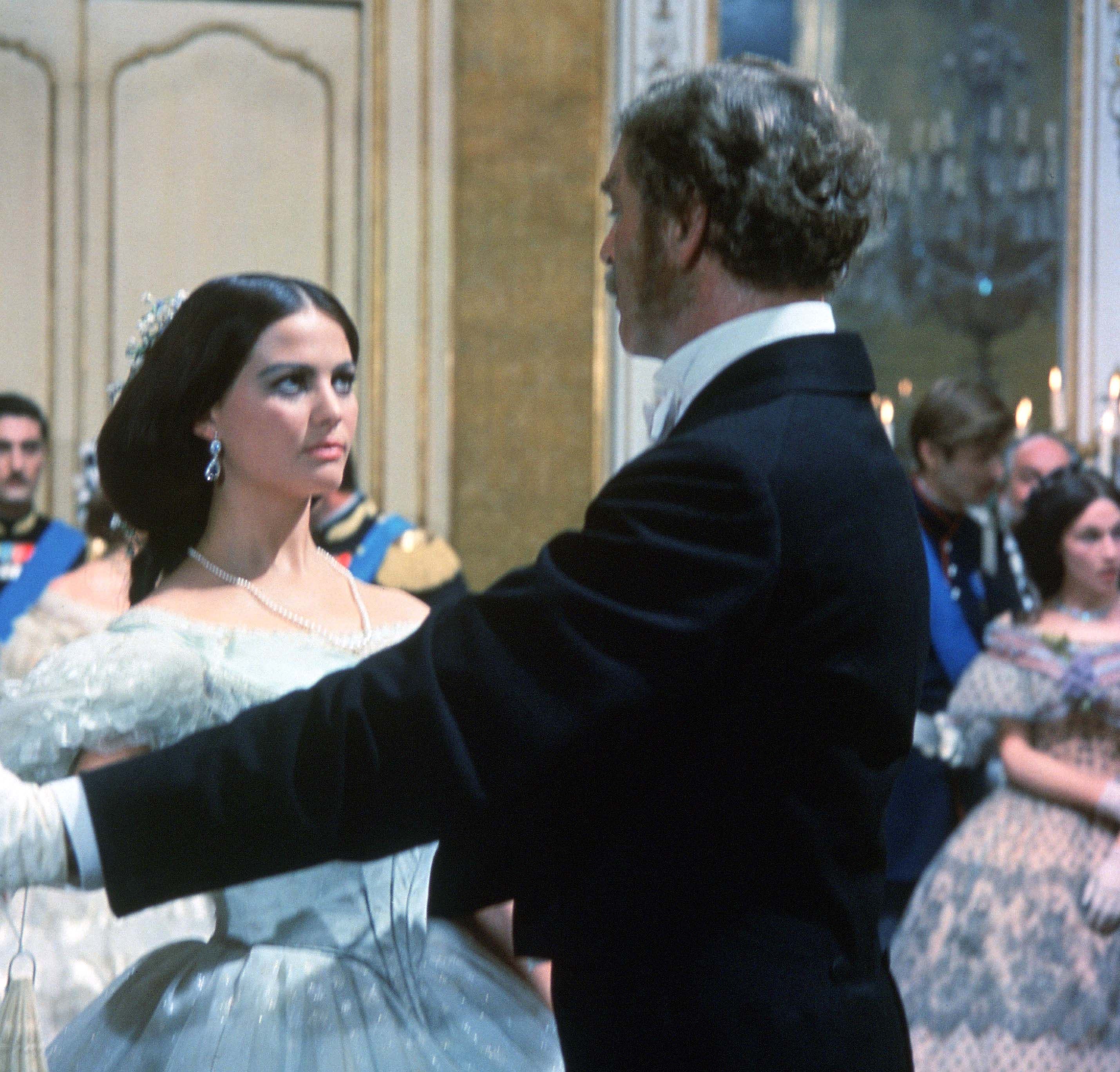
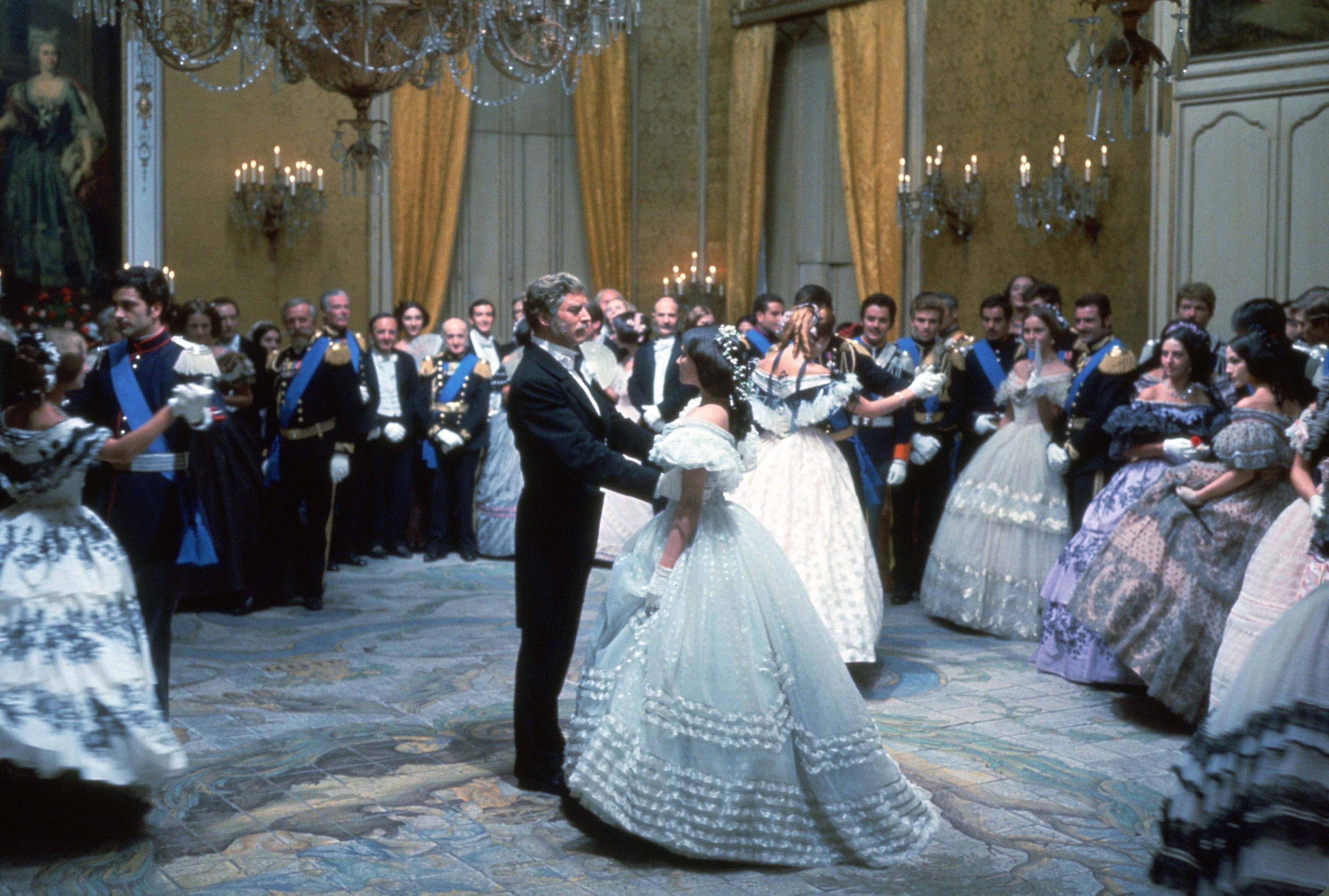
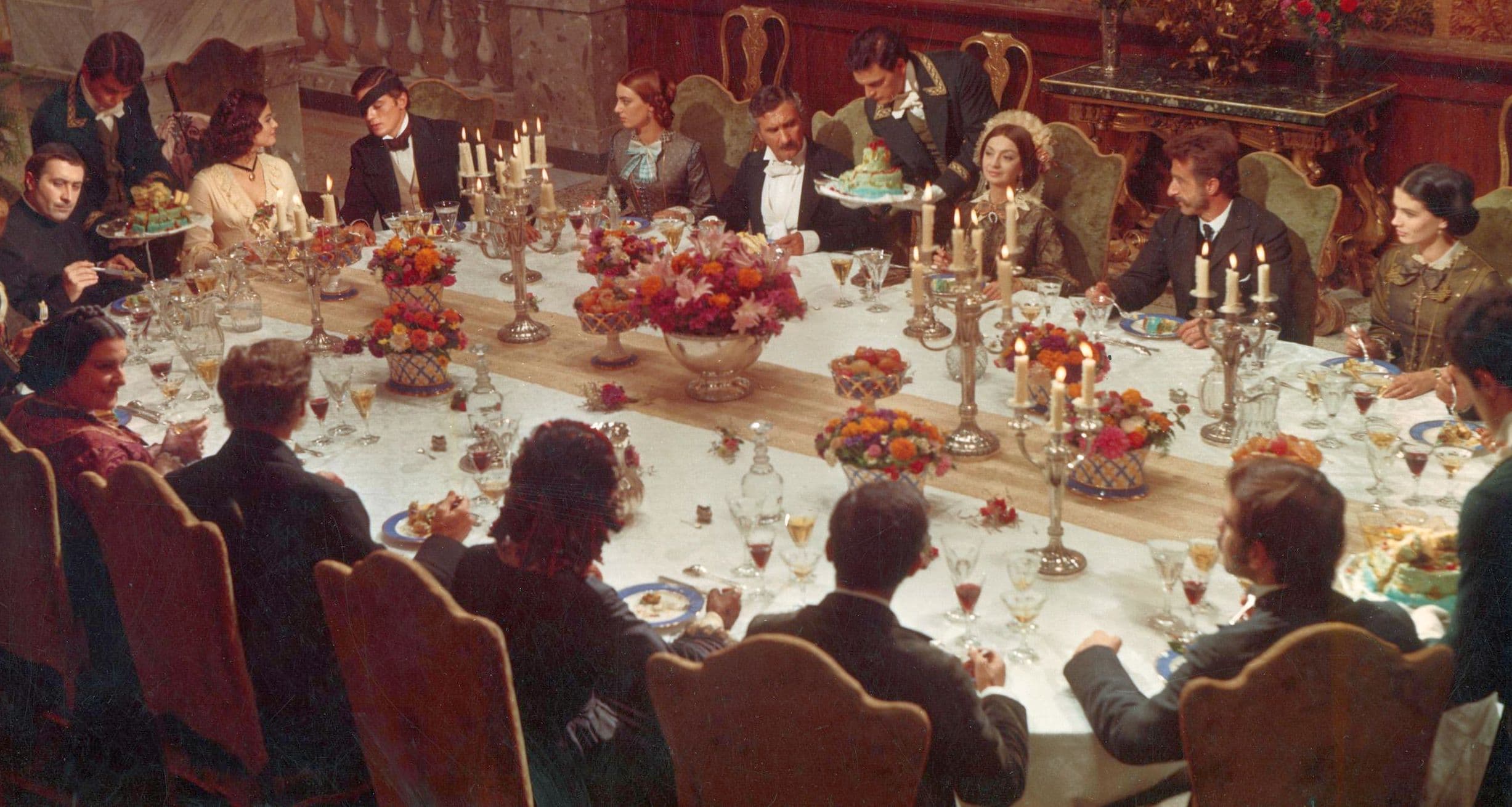
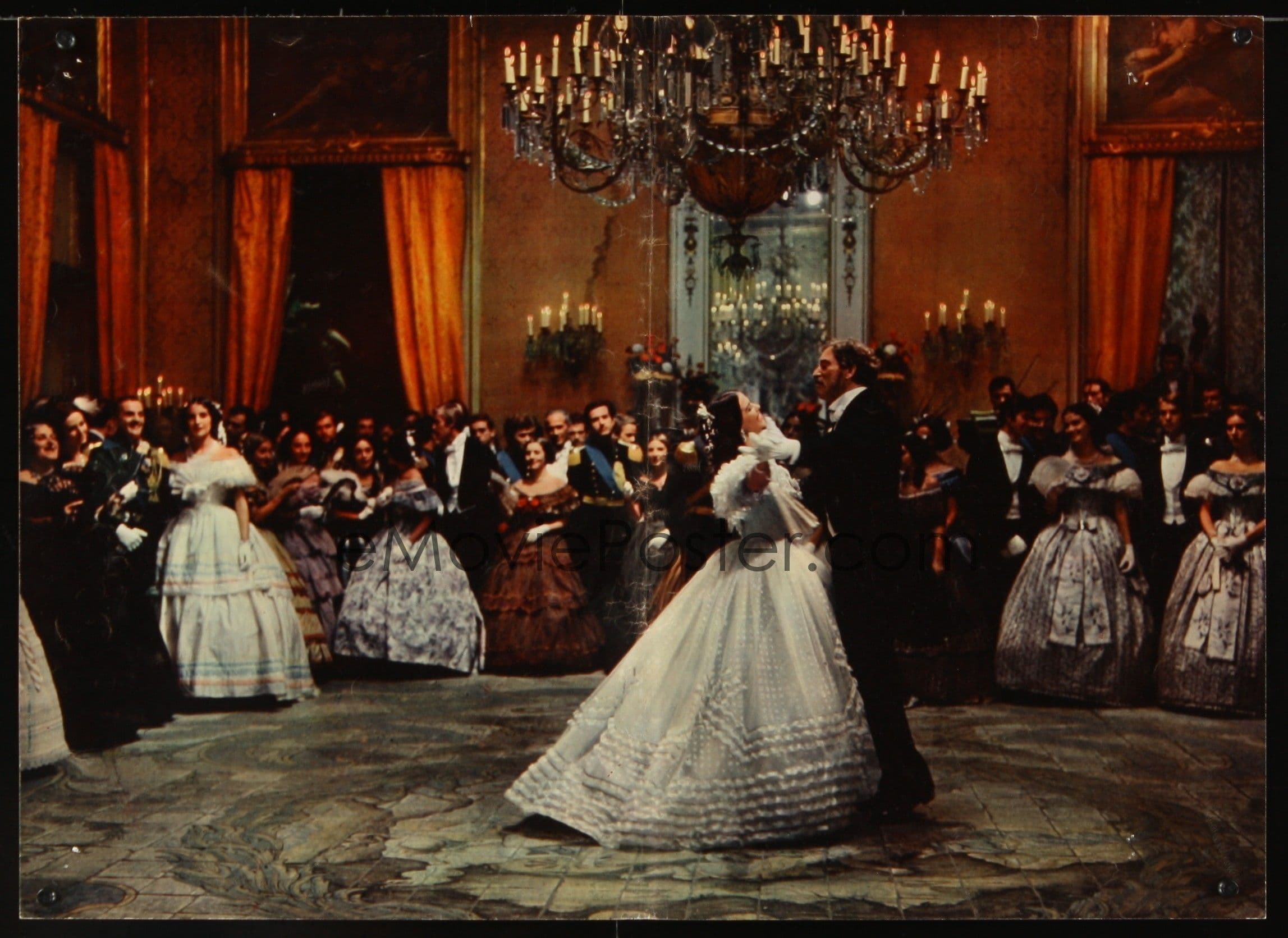
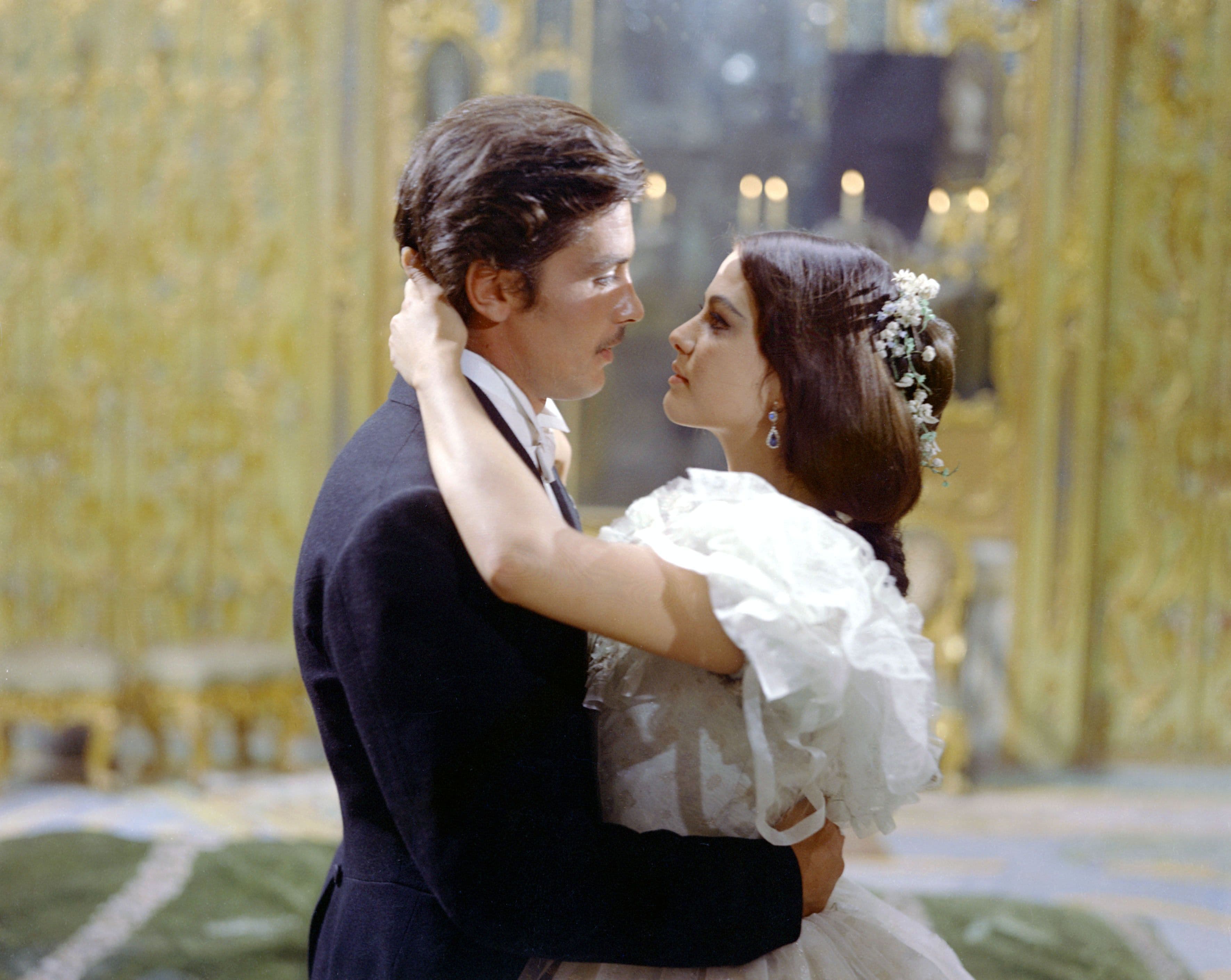
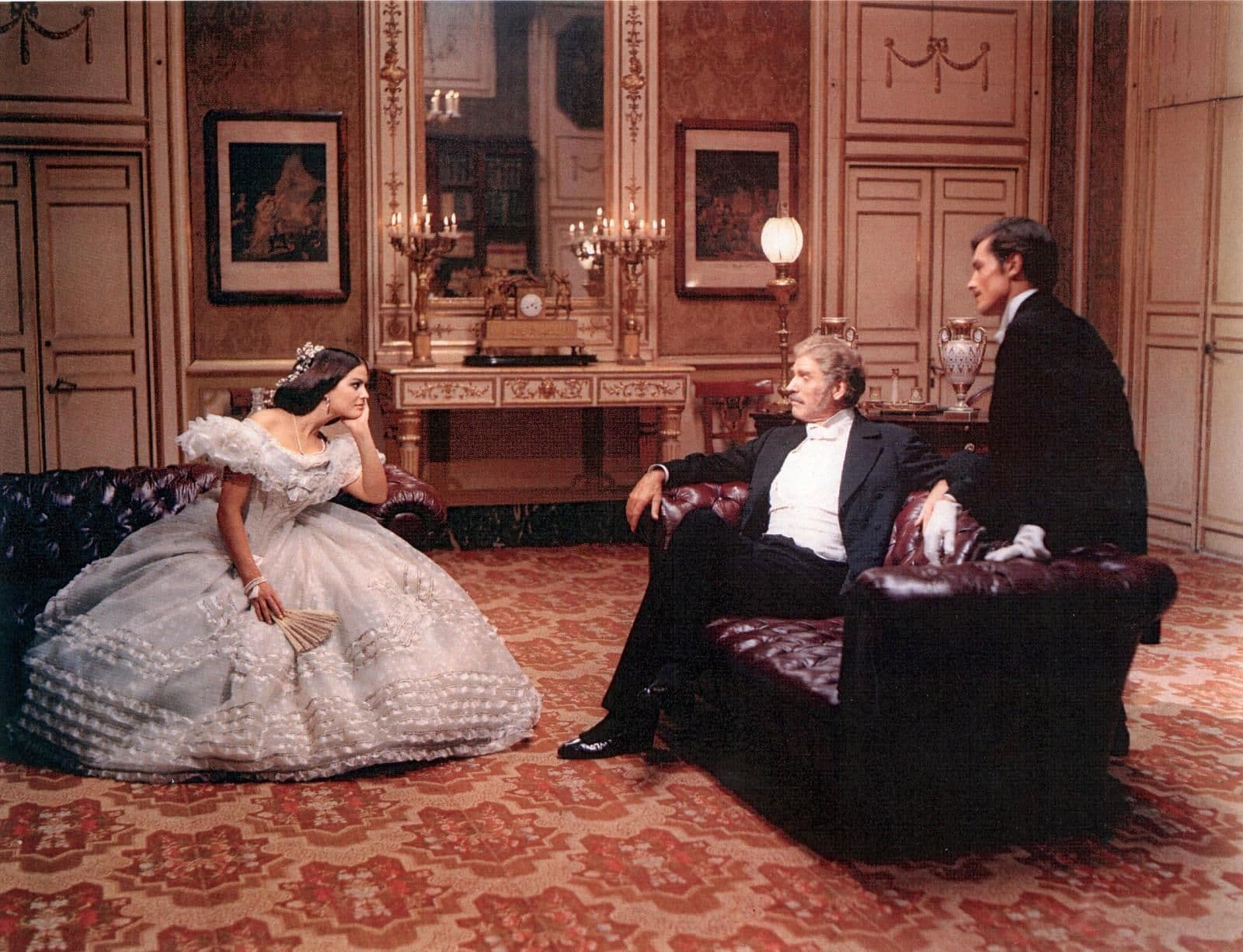
Featured Videos
Official Trailer
Comments
Loading comments...